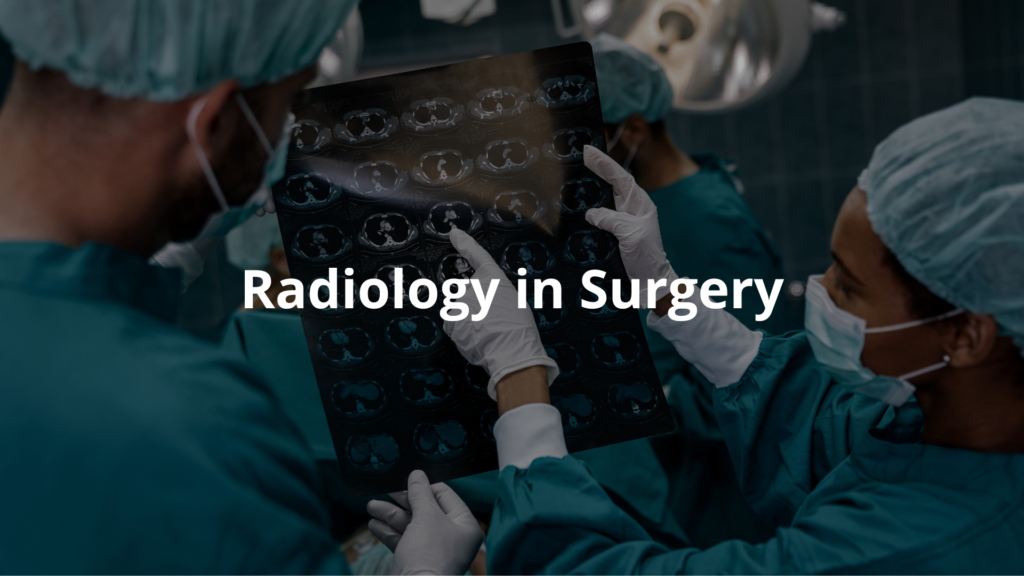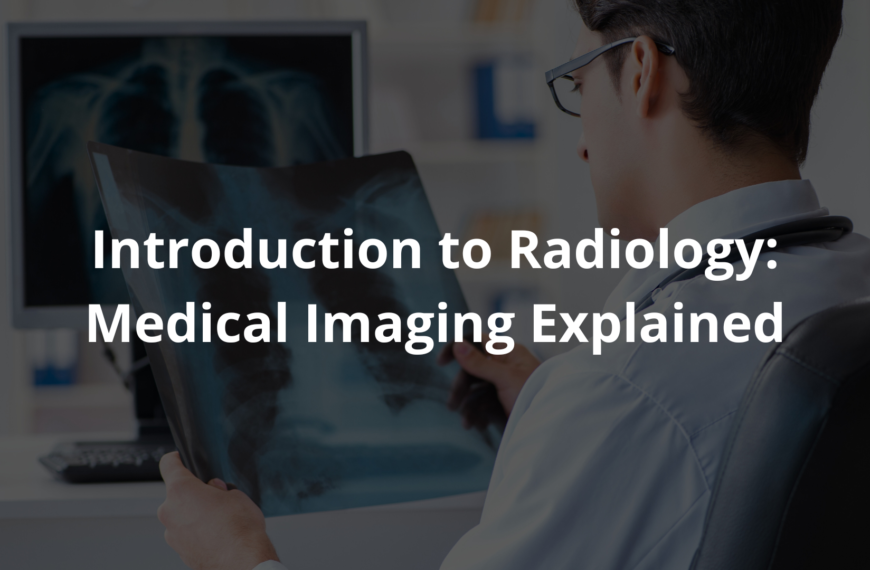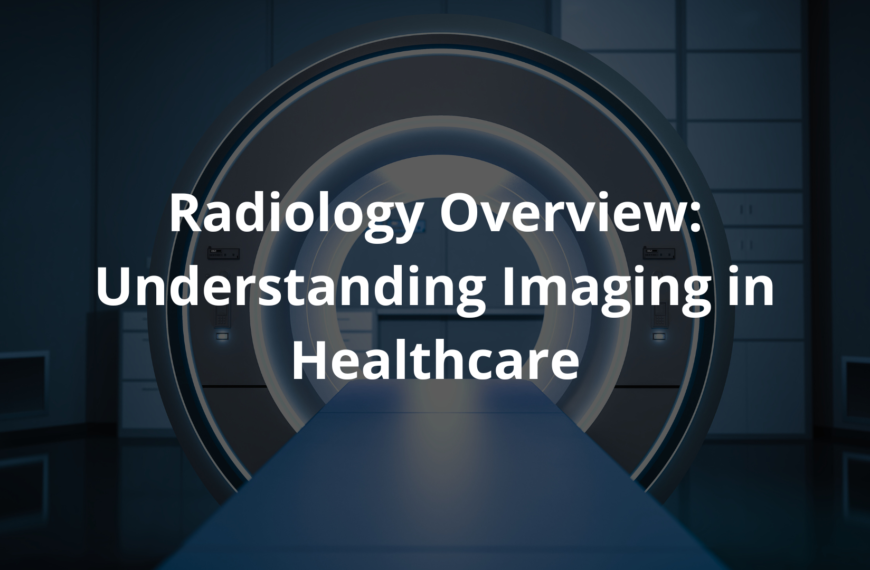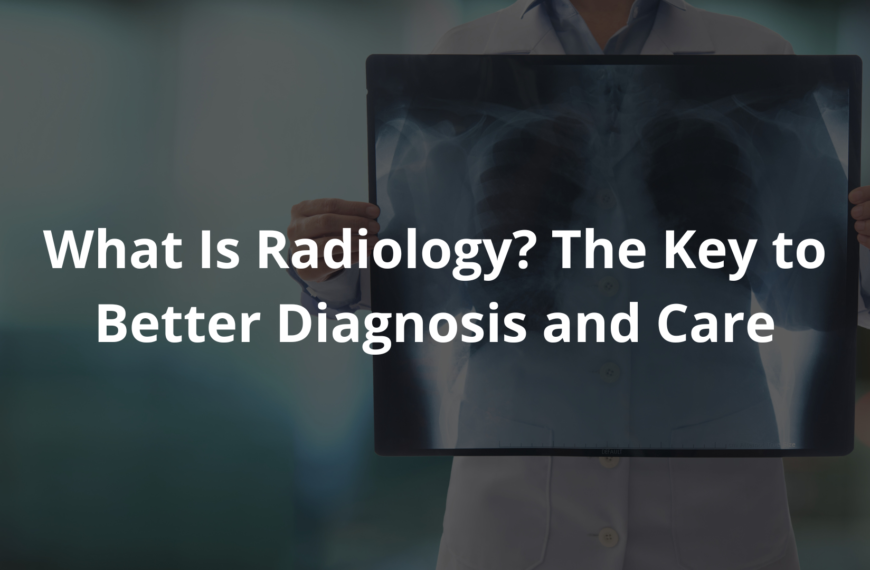Imaging importance: How scans help doctors detect and treat diseases early, ensuring healthier futures for everyone.
Seeing inside the human body without making a single cut—imaging has made this possible. It’s like giving doctors a window to spot what’s wrong before it grows worse. From broken bones to hidden tumours, scans like CT or MRI (that’s computed tomography and magnetic resonance imaging) are tools that help save lives every day.
Early detection often means simpler treatments, less pain, and better chances of recovery. It’s not just about machines; it’s about people—patients, families, and their futures. Curious how these scans work and why they matter so much? Keep reading to uncover how imaging changes healthcare for the better.
Key Takeaway
- Imaging helps doctors diagnose diseases accurately.
- Early detection of diseases can save lives.
- Scans guide doctors during treatment and surgeries.
Importance of Radiology
Radiology plays a big role in medicine. It helps doctors see inside the human body to figure out what’s wrong. Without it, many health problems could stay hidden. For example, a CT scan (a special type of X-ray) can take detailed pictures of the body. These pictures can show things like tumors or broken bones. Radiologists, who are the doctors trained to read these images, are experts at spotting these issues.
Radiology is used in all sorts of situations—emergency rooms, hospitals, even regular doctor visits. It helps doctors make decisions faster. For instance, if someone comes to the hospital with severe pain, a quick scan can show if it’s a broken bone or something more serious. This means patients can get the right treatment sooner, which often leads to better outcomes.
Medical Diagnosis Accuracy
Getting an accurate diagnosis is vital when doctors are figuring out what’s wrong. Imaging tests like MRIs (magnetic resonance imaging) are a big help. An MRI can show soft tissues, like muscles and organs, in great detail. This is something a regular check-up just can’t do. If someone has a brain tumor, an MRI can show exactly where it is and how big it is. This helps doctors decide the best course of action.
Imaging is also important for follow-ups. After treatment, doctors can take new images to see if the treatment is working. For example, if someone is being treated for cancer, imaging can show if the tumor is shrinking. Clear images mean better decisions, and better decisions mean better care. Knowing their doctor has precise information can give patients peace of mind. [1]
Detecting Diseases Early
Catching diseases early can make a huge difference. Imagine finding cancer before it spreads—it could save a life. For instance, low-dose CT scans are used to detect lung cancer in its early stages. [2] Research shows that early detection can improve survival rates. It’s like fixing a small leak before it floods the house.
Here are some examples of how early detection works:
- Mammograms can find breast cancer before symptoms appear.
- Colonoscopies can detect colon cancer early.
- Routine lung scans can catch problems before they become severe.
The earlier a disease is found, the better the chances of successful treatment. Imaging tests like these not only save lives but also reduce stress for patients and their families during tough times.
Importance of Scans
Scans are incredible tools for looking inside the body. They’re like super-smart cameras that can see things the human eye can’t. A CT scan, for example, can create detailed 3D images of organs. This helps doctors understand what’s going on, whether it’s checking heart function or spotting blood flow issues.
Scans are helpful in many ways:
- They provide critical information without needing surgery.
- They show how diseases are affecting different parts of the body.
- They help doctors monitor treatments over time.
Because scans are non-invasive (they don’t require cutting into the body), they’re generally safe and easy for patients. This makes them a trusted tool in modern medicine.
Essential Medical Imaging
Medical imaging isn’t just about diagnosing problems—it’s also key for treatment. For example, if someone needs spine surgery, doctors use imaging to plan exactly where to operate. This makes surgeries safer and more precise.
Imaging helps doctors understand the problem fully, which is essential for patient safety. Here’s how it supports treatment:
- It helps doctors choose the right treatment plan.
- It gives a clearer view of the disease or injury.
- It guides doctors during tricky procedures.
Organisations like RANZCR (Royal Australian and New Zealand College of Radiologists) work hard to make sure imaging stays accurate and reliable. When imaging is done well, patients can feel confident they’re getting the best care possible. [3]
Radiology Applications
Radiology is used in so many parts of medicine that it’s hard to imagine healthcare without it. In cancer care, for instance, imaging helps doctors figure out the size of a tumour and exactly where it’s sitting. In heart care, imaging can show if there’s a problem, like blocked arteries. A cardiac MRI, for example, can reveal how well the heart is pumping blood.
Different types of imaging are chosen based on what needs to be seen. Some common uses include:
- X-rays to check for broken bones or fractures.
- Ultrasounds to look at organs, like during pregnancy.
- PET scans to study how tissues are working at a cellular level.
Each of these methods works differently, but they all rely on clear images to guide doctors in giving the best care. Radiologists (the doctors who specialise in reading these images) are always learning about new technology to stay up to date. It’s how they make sure patients are getting the best treatment possible.
Medical Imaging for Treatment
Imaging isn’t just about finding what’s wrong; it’s also about helping to fix it. For example, if someone has cancer, doctors can use scans to see if the treatment is working. If it’s not, they can make changes. It’s kind of like checking a map while on a road trip to make sure you’re heading in the right direction.
Imaging also helps during procedures like biopsies, where doctors need to remove a small sample of tissue. Using imaging, they can guide their tools to the exact spot safely and accurately. Here’s how imaging supports treatment:
- It helps doctors track changes in a patient’s condition over time.
- It’s used to plan surgeries by showing the safest and most effective approach.
- It ensures treatments are adjusted to fit the patient’s specific needs.
By using imaging this way, doctors can make better decisions and improve how patients recover.
Radiology in Cancer Detection
Cancer detection is one of the most critical roles of radiology. Tests like mammograms for breast cancer and low-dose CT scans for lung cancer help doctors catch diseases early, often before symptoms even appear. Early detection can save lives because it gives patients more treatment options.
Programs such as DetectED-X are helping train doctors to read these images more accurately. The better they are at spotting problems, the more lives they can save. Some key cancer detection tools include:
- Mammograms for spotting breast cancer early.
- Low-dose CT scans for screening lung cancer in high-risk patients.
- MRIs for detecting and assessing brain tumours.
The more people know about these tests, the more likely they are to get checked. And the earlier cancer is found, the better the chances of recovery.
Radiology in Surgery

Imaging plays a huge role in surgery. Before an operation, scans help surgeons plan what they’re going to do. They can see exactly where to cut and what areas to avoid. During surgery, real-time imaging might be used so the surgeon can see what’s happening as they work.
Here’s how imaging helps in surgery:
- It gives a clear view of the area being operated on.
- It provides live feedback to guide the surgeon’s movements.
- It shows the location of nearby tissues and organs to avoid damage.
It’s a bit like having a GPS when driving through a tricky area—you can see the path clearly and avoid wrong turns. Radiologists often work closely with surgeons to make sure everything goes smoothly. This teamwork makes surgeries safer and more effective for patients.
Diagnostic Reliability
For imaging to be useful, it has to be reliable. Doctors need to trust that the images they’re looking at are accurate. That’s why organisations like RANZCR focus on quality control. They make sure imaging machines are working properly and that radiologists are well-trained.
Some ways diagnostic reliability is maintained include:
- Regular testing of imaging equipment to ensure it’s working correctly.
- Ongoing training for radiologists to sharpen their skills.
- Strict quality control processes to keep images consistent and clear.
When imaging is reliable, patients can feel confident that their doctors are making the right decisions. It’s one of the most important parts of providing safe, high-quality healthcare.
FAQ
How do medical doctors use imaging devices to guide treatment and provide better patient care?
Medical doctors rely on a wide range of imaging devices to make smart choices about your treatment. These tools help care physicians see what’s happening inside your body, leading to better patient care. From checking broken bones to spotting serious illnesses, these medical devices give doctors the information they need to help you get better.
What’s the difference between mri and ct scans, and how do they create images?
MRI scanners use strong magnetic fields and radio waves to produce images, while CT scanners use radiation. Both give detailed images of your body including soft tissue, but they work differently. MRI exams are great for seeing organs and muscles, while CT scans work better for bones and quick pictures in real time.
How do imaging exams help with early diagnosis of brain tumors and heart disease?
These tools let doctors spot health issues before they become serious problems. Brain imaging can find tumors when they’re small, and heart scans can show blood vessels and blood volume changes. This early diagnosis helps your doctors start treatment sooner, which often leads to better results.
What are the radiation risk and side effects of different imaging tools?
High radiation from some imaging exams can mean an increased risk of cancer, but dose reduction techniques help keep you safe. Image wisely practices ensure you get the lowest dose needed for good image quality. Some scans, like MRI, don’t use radiation at all but instead use magnetic fields. Your doctors will consider your medical history to pick the safest option.
How do advanced technologies like deep learning improve health images?
Deep learning helps doctors get better health images while using less radiation. This technology, worthy of a nobel prize, makes open access medical imaging data more useful. It’s changing how we look at everything from bone mineral density to breast tissues, making it easier for doctors to spot problems.
What should pregnant women know about different imaging exams?
Pregnant women need to be extra careful about high frequency radiation. While some scans like ultrasound (using sound waves) are safe, others like PET scans or those needing contrast agents require careful thought. Your doctor will help choose the safest option for both mum and bub.
How has imaging technology evolved since Wilhelm Conrad Röntgen’s time in the United States?
Since Röntgen discovered X-rays, we’ve come a long way in medical imaging. Today’s tools include everything from gamma rays to functional MRI that can watch your brain in action. These advances, many documented on google scholar, have revolutionised how we look inside the body and treat disease.
What makes body MRI different from other types of imaging for checking normal tissue?
Body MRI gives incredibly detailed views of normal tissue without using radiation. It’s brilliant for seeing soft parts of your body and can help spot issues in places like the prostate cancer. While it takes longer than some other scans, the image quality is worth the wait.
Conclusion
Imaging’s role in healthcare is pretty obvious. It helps doctors spot illnesses, catch diseases early, and figure out treatments. Radiology’s a big part of looking after patients, and folks work hard to keep it top-notch. Using advanced imaging tech means better health outcomes for heaps of people. So, if you ever hear about an imaging test, just think about how it’s helping to keep us all in good nick!
References
- https://www.ahpra.gov.au/documents/default.aspx?record=WD20%2F29927&dbid=AP&chksum=EnDyBmxWGQBw3YXOoS%2FakQ%3D%3D
- https://www.scr.com.au/lung-cancer-and-the-importance-of-early-detection/
- https://www.ranzcr.com/component/edocman/ranzcr-standards-of-practice-for-diagnostic-and-interventional-radiology/download




